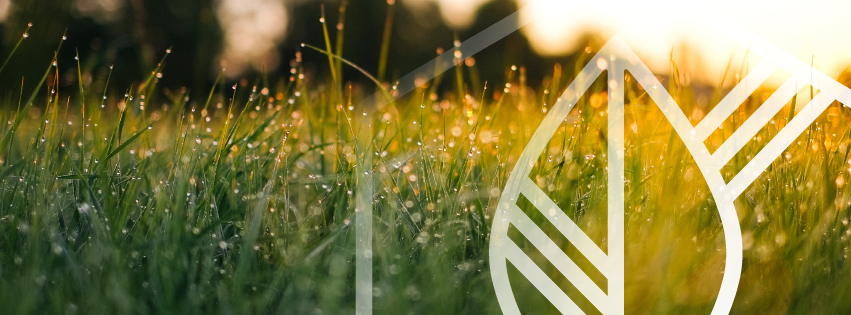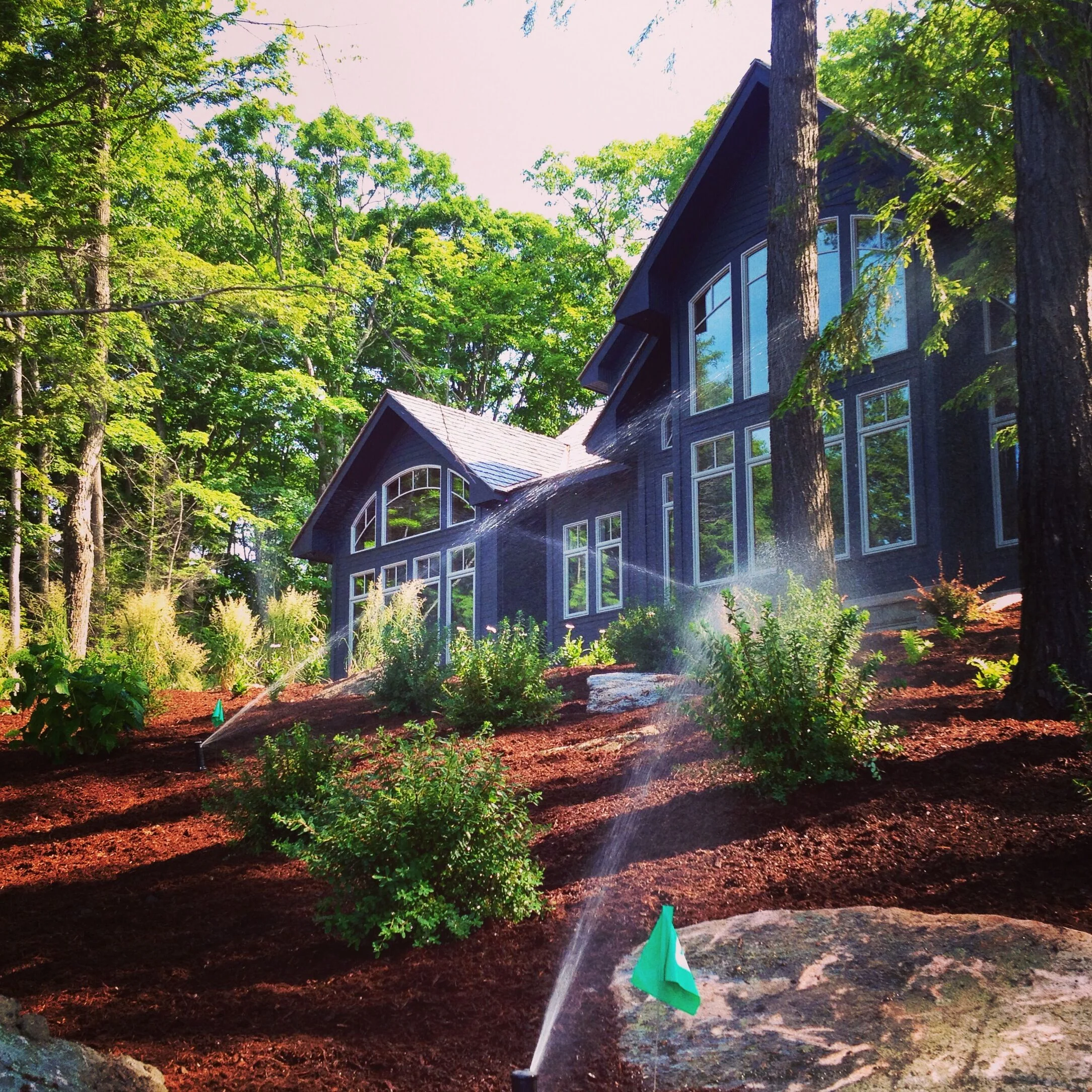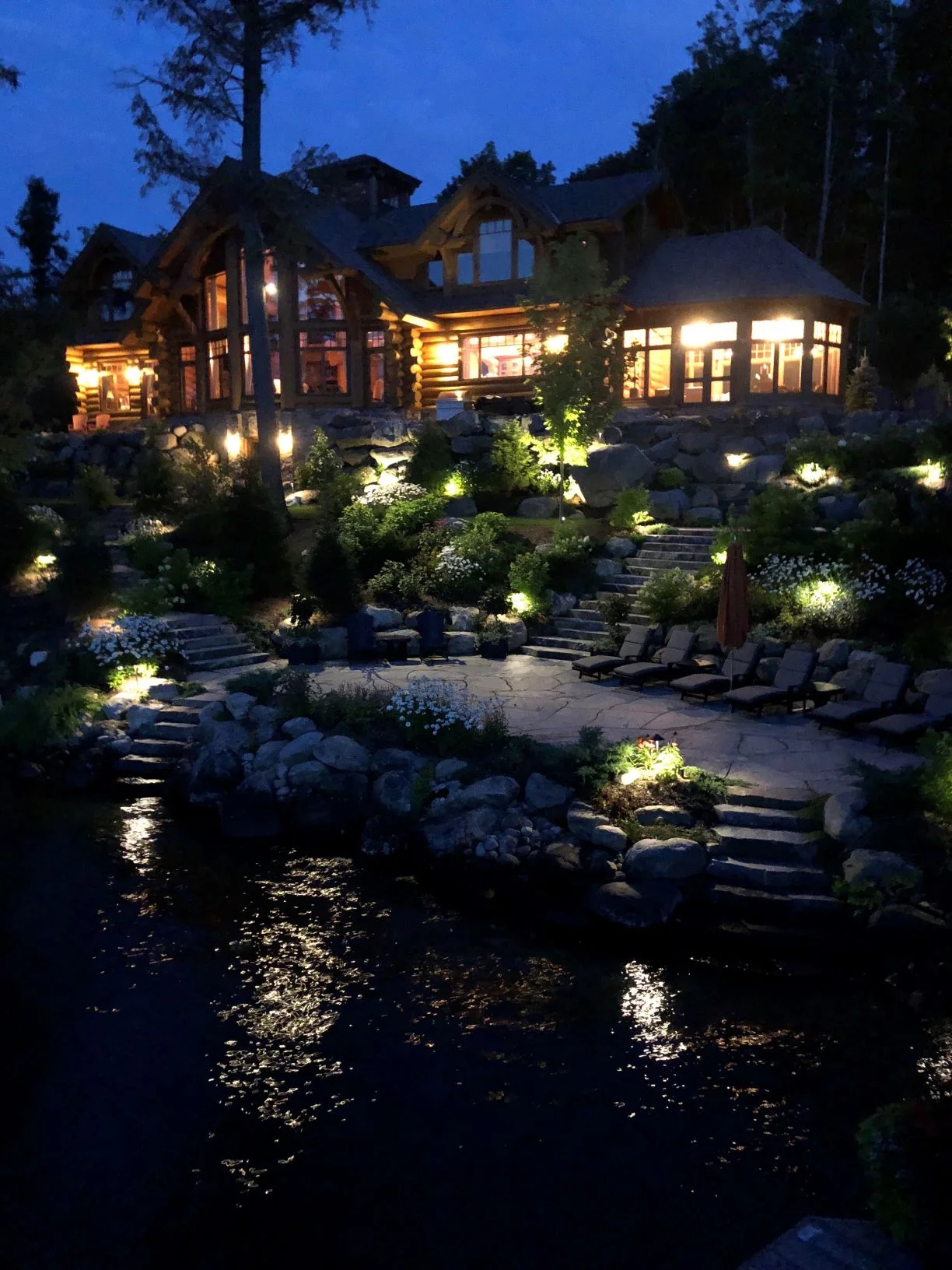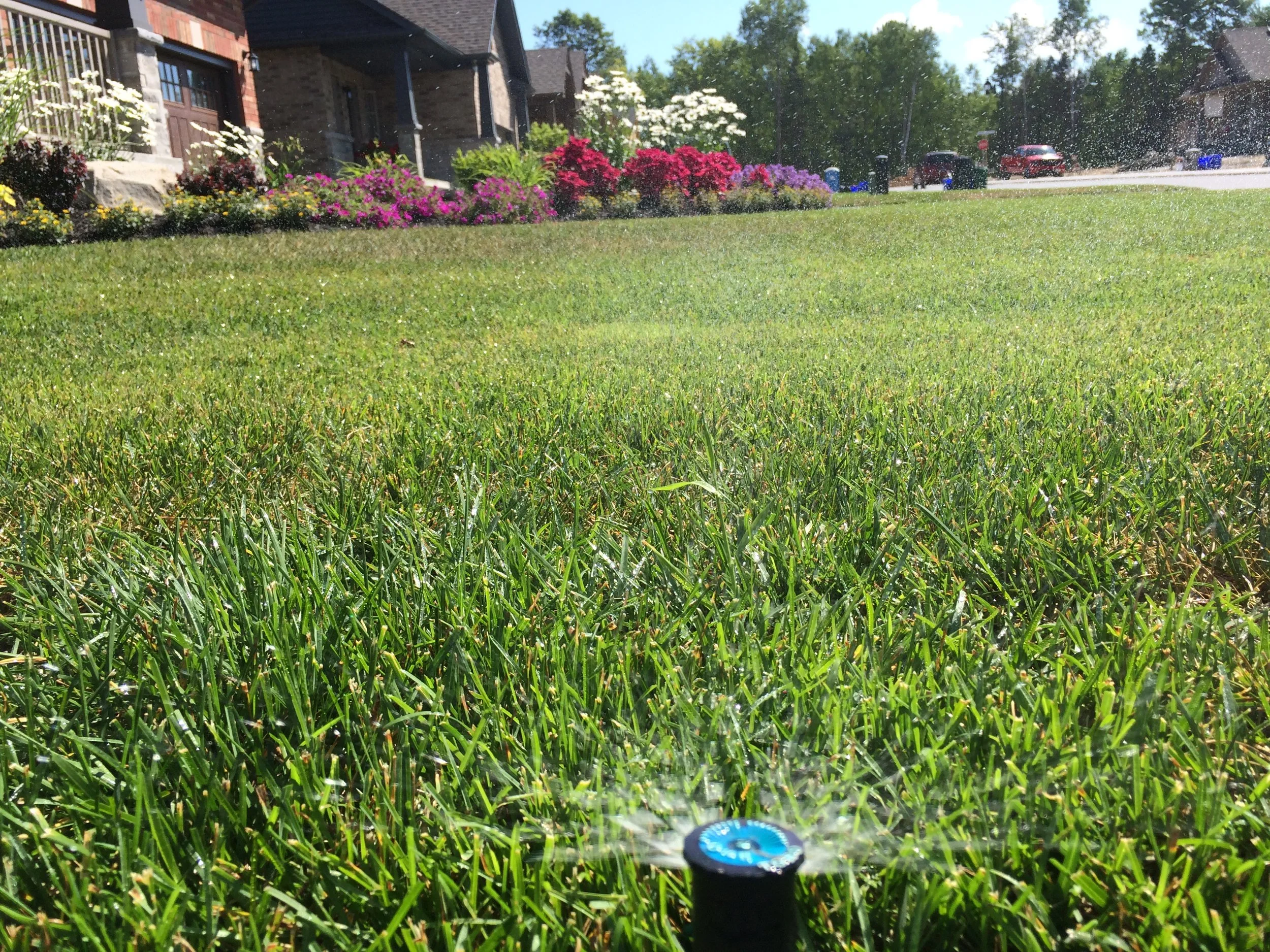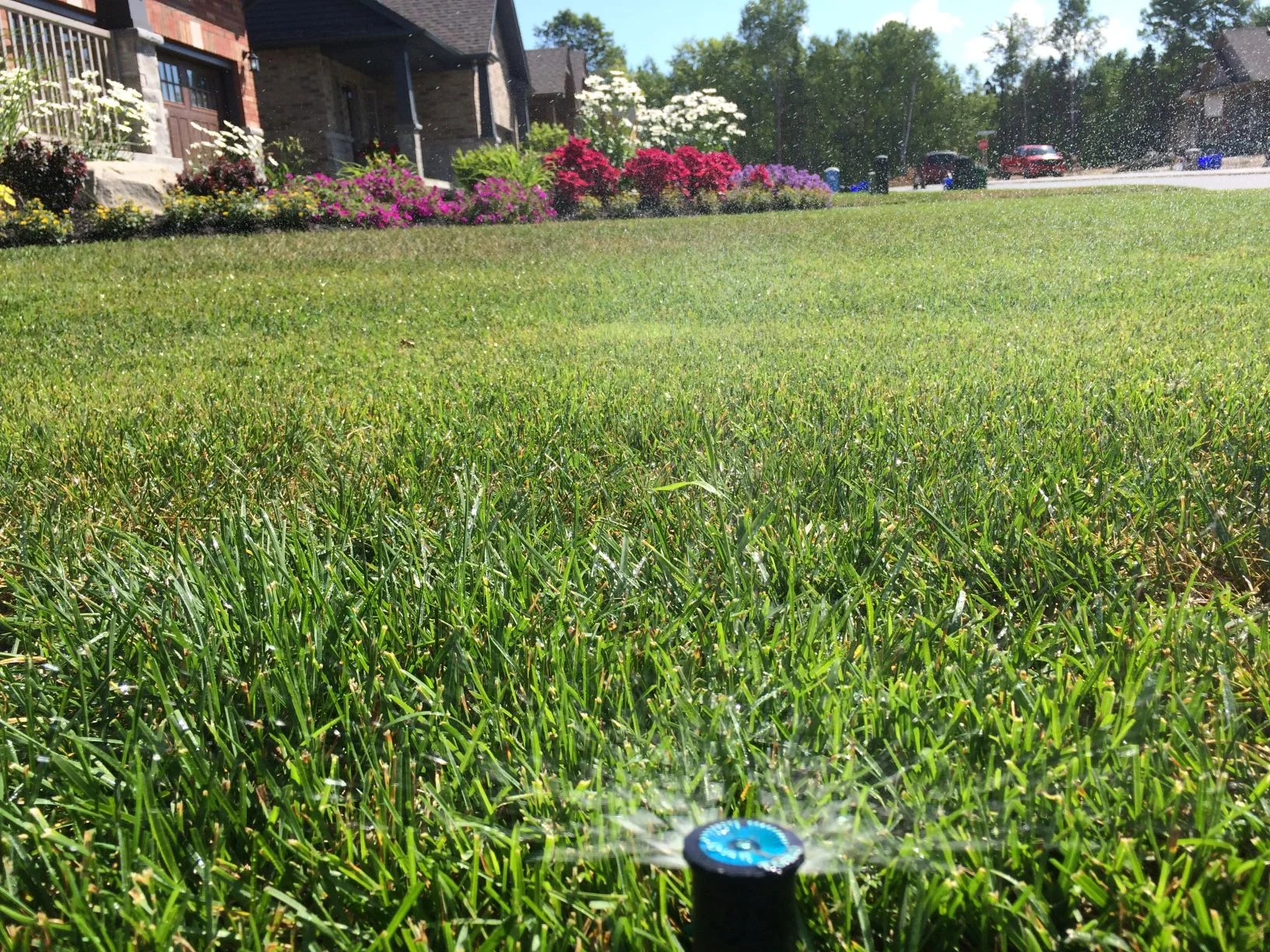Creating beautiful gardens is so much more than a relaxing hobby. Today, these spaces bring in fresh produce into our homes, provide a space for a mini getaway and can create environments for pollinators and wildlife.
Case Study: Bringing a Lawn Back to Life
After the Storm: The Lawn Care Recovery Plan
Lately, there has been a lot of rain. Currently, most of the Muskoka area is in a state of emergency, with high water levels that are increasing as the rainfall continues. Excess water can have a devastating effect on your lawn, especially in early spring, when your lawn is just recovering from the harsh winter.
Is your lawn drowning?
Why the Green Industry is your Best Resource for Landscape Lighting?
Are you Water Wise?
Water deserves our respect. Without this limited, precious resource, life on earth wouldn’t survive. In Ontario, we are surrounded by freshwater, making it easy to take this resource for granted. In 2015, the average Canadian was reported to use 320 L of water a day, a large percentage of which is wasted.
Save water and your lawn with smart irrigation
Drought, temperature shifts, and unpredictable rainfall, have made it increasingly challenging to accurately predict the amount of irrigation needed for turf. To stay on top of these erratic weather shifts, irrigation systems either need to be manually reprogrammed or adaptive. Thankfully, advances in technology have resulted in irrigation products that can do so much more then get water down to the roots.
It's time for a spring check up!
A long snowy winter can not only impact the turf but the irrigation system underneath it. Snow removal, freezing temperatures, and even rodents can cause damage to the piping, wiring and sprinkler heads. Don’t worry! Regular maintenance and upkeep can help prevent any minor problem from becoming a major one.
Spring lawns: addressing winter damage
Last year was the winter for heavy snowfall and dramatic temperatures changes, including freezing and melting snow. Snow may look like a nice warm blanket, but its prolonged stay can damage your spring lawn. That’s not all, shifts in temperatures and precipitation throughout the winter season can result in damaged roots, nutrient deprived areas, and even dead patches.
White Grubs, Voles, Moles and Crabgrass: Oh my!
Crabgrass
With the hot dry summers in Muskoka, many people end up with beige, dormant or dead lawns. As the cooler evening temperatures of fall approach, grasses start their second growth cycle and lawns start to green up. However; some of these don’t grow back. In these bare patches, crabgrass and weeds may step in.
Nematodes
Rain Water Harvesting: Beautiful Gardens without the Water Bill
Top Tips to Keep your Sod Thriving
What are endophytes?
Described as the probiotics of plants, endophytes not only stop insects from eating the seed but also help provide a healthy boost for the plant itself. A symbiotic relationship the grass produces nutrients for the endophyte, while the endophyte releases toxins which stops the seed from being consumed from livestock and insects. But that’s not all endophytes also help the grass seed cope with environmental stressors like drought.

